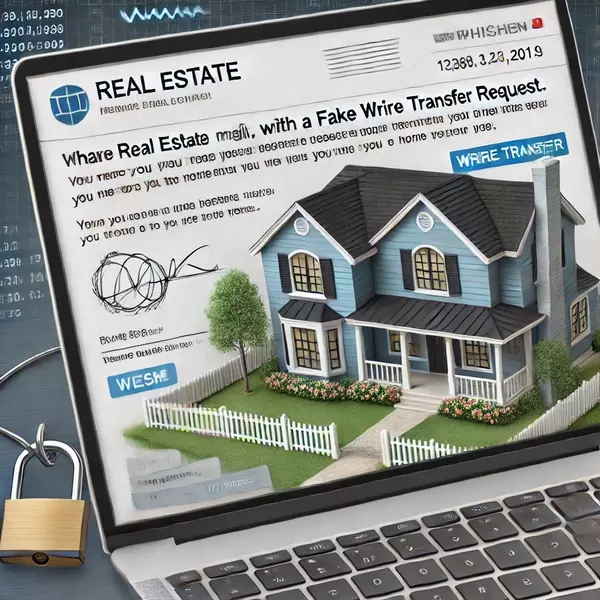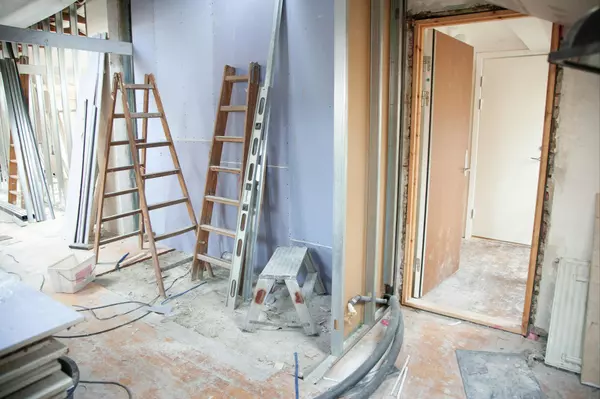Fake Listings, AI-Generated Documents, and The Future of Real Estate Fraud

Fake property listings and AI-generated documents are a growing threat in real estate. With AI, scammers can now create entirely fabricated homes, forge ownership documents, and pose as sellers or buyers with alarming accuracy.

AI’s Role in Fake Listings and Documents
AI is being used to:
-
Generate completely fictional real estate listings with photorealistic images
-
Create fraudulent documents, including fake titles, deeds, and ID verifications
-
Impersonate sellers or buyers to gain trust and steal money
Scammers often target buyers searching for deals online, posting attractive listings with AI-generated property images and details. They then pressure buyers into making quick deposits or wire transfers before verifying the legitimacy of the listing.
Example Case: A scammer listed a non-existent rental property, complete with AI-generated photos and an AI chatbot posing as the landlord. A renter wired a deposit, only to find out later the home didn’t exist. (Better Business Bureau, 2023).
How to Spot and Avoid Fake Listings and AI-Generated Documents
-
Verify property ownership through official county records.
-
Be skeptical of deals that seem too good to be true.
-
Check multiple listing sources to confirm legitimacy.
-
Avoid wiring money before viewing a property in person.
The Future of AI in Real Estate Fraud
As AI technology evolves, so will scams. But by staying informed and implementing rigorous verification processes, buyers and sellers can protect themselves.
Security experts recommend working with trusted professionals and using modern fraud prevention technologies to reduce risks in high-value transactions.
This concludes our series on AI-driven real estate fraud. Stay vigilant, and remember—if something seems too good to be true, it probably is!
Recent Posts












